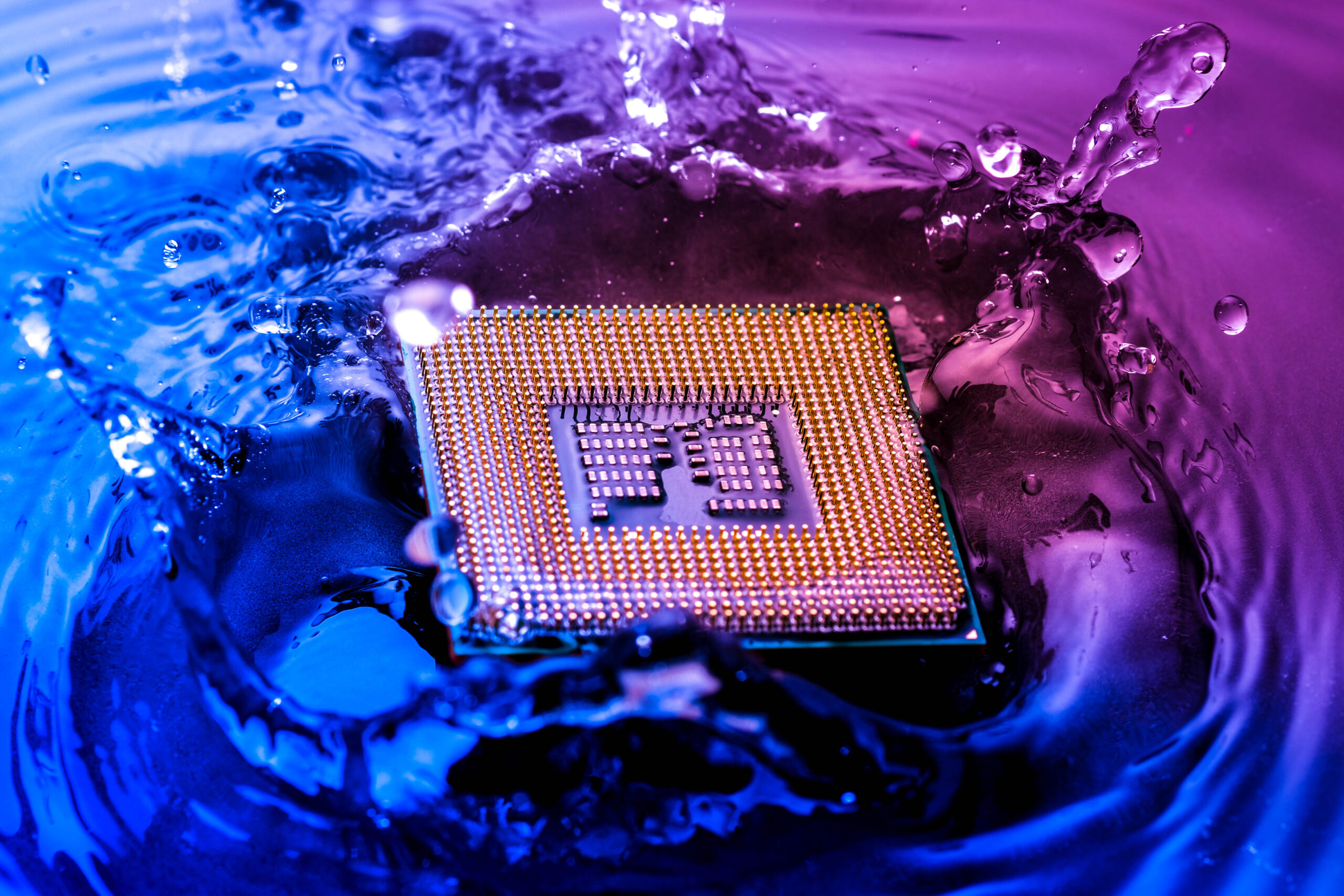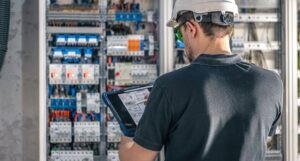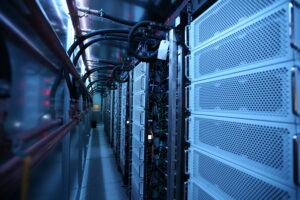The first five times I tried to pronounce the word “liquidification” (li-qui-di-fi-ca-tion), it wouldn’t come out of my mouth cleanly. Even now, it’s hit-and-miss. So, I won’t be surprised if my newly invented portmanteau doesn’t become part of our everyday lexicon.
I should explain what this word is supposed to represent. This new term, which may never be used again after this article, refers to the modernization of legacy data centers, whereby we replace refrigerant-based DX cooling systems with AI-compatible chilled water (or other liquid) cooling systems.
For the first couple of decades after the modern data center era began in the late 1990s, refrigerant-based cooling systems were the norm. Liebert, now Vertiv, was the de facto standard for CRACs (computer room air conditioners), and they have successfully re-invented that technology a few times since. Anyone visiting a pre-cloud data center today stands a decent chance of seeing a line-up of grey boxes along the wall with the Liebert logo prominently displayed.
Because CRAC units tend to survive for 20+ years, and air conditioning loads have been slow to change (until recently), thousands of refrigerant-based cooling systems are still chugging along in both legacy and new data centers all over the planet. This may soon change.
As the charts below illustrate, average power density in IT cabinets is increasing rapidly. Virtualization started the process of densifying rack loads. A few years later, the cloud gave power densities another boost. Now, AI is threatening to make every refrigerant-based cooling system obsolete.
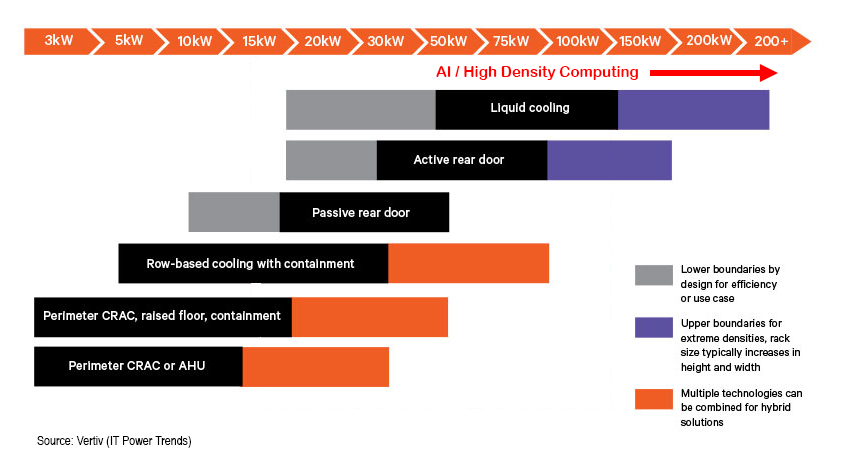
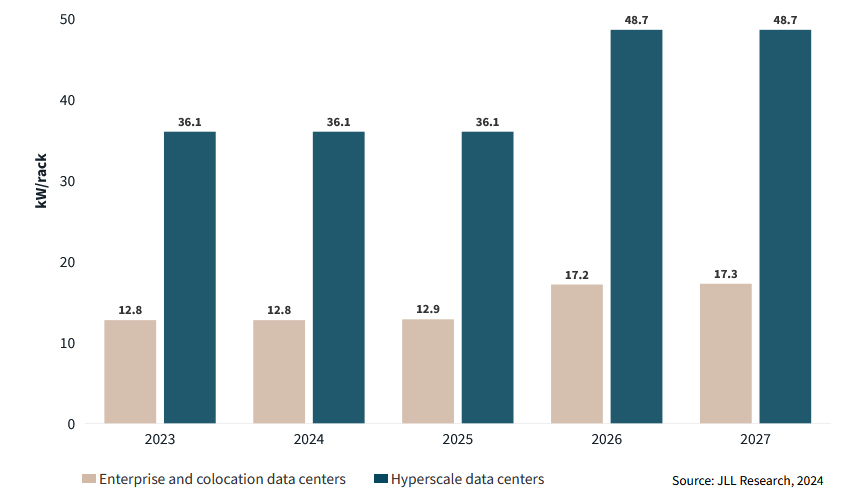
It’s pretty clear that the future of data center cooling is all about liquid – liquid refrigerant, water/glycol, dielectric fluid, and whatever comes next.
So, what are you supposed to do if you own a 20 MW data center equipped with traditional DX CRAC cooling? Good question. The answers will begin to appear very soon, because there are literally thousands of these facilities in service today. I’d like to propose liquidification as one answer.
The chilled water cooling systems that have become the new standard in hyperscale and large colo facilities tend to have a lower PUE (power utilization effectiveness) than traditional refrigerant CRAC systems (DSEs excluded). That means the air conditioning power consumption for a building equipped with air-cooled chillers and CRAH units will be lower than that of a comparably sized system of DX CRACs. And we all know that chilled water, or some kind of fluid, is almost essential in serving AI applications.
For many buildings, the solution will be to replace 100 percent of the DX CRAC systems in a building with new chilled water CRAH units. It sounds easy, but it’s not a simple task. The sea of reasonably light air-cooled condensers will need to be replaced by a platoon of much heavier air-cooled chillers. Structural loads will be tested, and building enhancements may be needed.
Then, all of the refrigerant piping will need to be replaced by a chilled water loop connecting the chillers to every CRAH. The indoor units themselves are likely to be smaller in size for the same capacity, so this might be a good time to scale up the building’s cooling capacity. Power consumption will shift, with the rooftop equipment consuming more power and the indoor systems consuming less. Phasing of such a retrofit will be pretty key since most data centers will continue to serve customers during a liquidifcation event.
Overall, a retrofit like this has the potential to reduce the cooling system power consumption by 50 percent or more. In one real-life example, we’re looking at lowering the PUE of a datacenter from 1.8 to 1.3. That small adjustment can equate to millions of dollars in energy savings over time.
If you own or operate a data center and need to adapt it to the liquid cooling era, we invite you to reach out to us. Your facility may be ripe for a retrofit, and Compu Dynamics would be pleased to assist you with that conversion.

